Animals change color to camouflage themselves to protect themselves and make themselves difficult to detect or attack. Some animals can blend in with their surroundings by changing the color, pattern and texture of their skin, making them less likely to be detected. This phenomenon is called "protective coloration". Other animals use color changes to intimidate or deceive, a phenomenon called mimicry. The reason why animals change color and camouflage is because they need to adapt to their surrounding environment, making themselves more difficult to detect or attack, thus improving their ability to survive. Below, the editor will list for you the top ten animals that can change color.
1. Chameleon
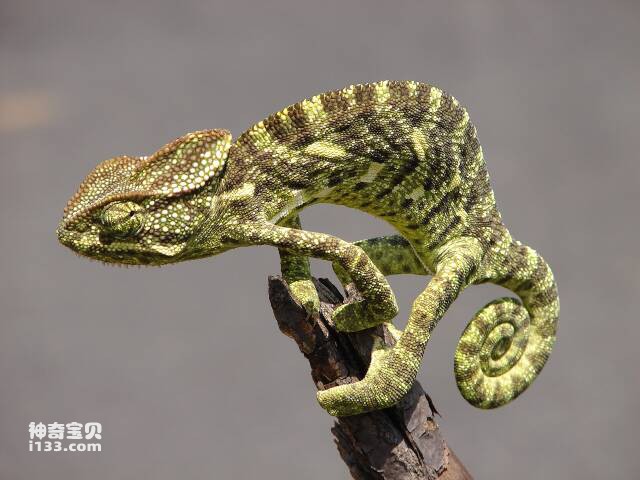
Chameleons can camouflage themselves by changing the color of their skin, making themselves harder to detect. This color-changing ability is actually responsible for a layer of specialized cells that contain special pigments and reflectors that can adapt to the color and light of the surrounding environment and quickly adjust their appearance. Additionally, chameleons can enhance their camouflage by changing their body shape and head angle.
2. Squid
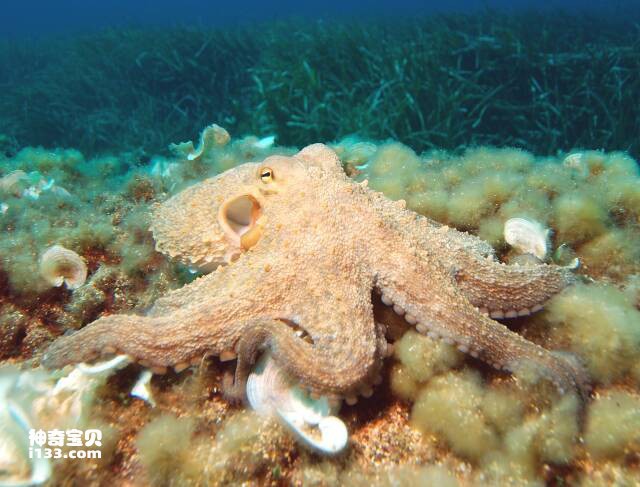
Squids have very developed IQ and learning abilities and are considered one of the smartest among all invertebrates. They have a very unique defense mechanism. When threatened, they release melanin to change their body color, thereby camouflaging themselves into the surrounding environment and making it difficult for enemies to detect them. In addition, they can escape predators by severing one or more of their tentacles, and can regenerate new tentacles to replace the losses.
3. Leaf-tailed Gecko
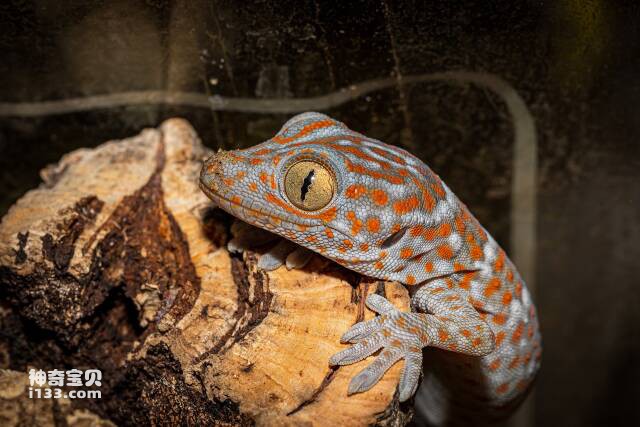
Leaf-tailed geckos are excellent at camouflaging themselves, and they usually choose places where their body color is similar to that of their surroundings to blend in. In addition, leaf-tailed geckos can adjust their skin color and pattern to make themselves harder to spot. The leaf-tailed gecko also has a unique camouflage strategy, which is to use its tail to deceive its enemies. When leaf-tailed geckos feel threatened, they flick their tails to expose them to their enemies and distract attention from themselves, making it easier to escape. Some species of leaf-tailed geckos will have obvious eye patterns on their tails, which will give enemies the illusion that it is a larger, more aggressive animal, making it easier to scare them away.
4. Mimic Octopus
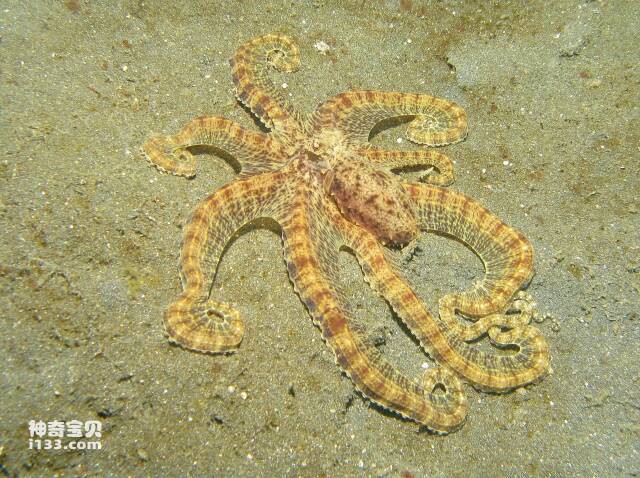
The mimic octopus is world-famous for its excellent mimicry abilities. They usually have brown or gray bodies and can change skin color and shape to mimic the appearance of other species. Mimic octopuses can imitate many different animals, such as starfish, butterfly fish, sea snakes, etc., to deceive potential predators or get closer to potential prey. They can perfectly imitate the appearance of other species by changing their body shape, color and texture, and can even imitate the way other animals behave and move. In addition to mimicry, mimic octopuses can also use ink spraying, releasing toxins and swimming quickly to evade predators. In addition, they can reach food by extending their tentacles, and can take on various special shapes to attract prey.
5. Chameleon snake
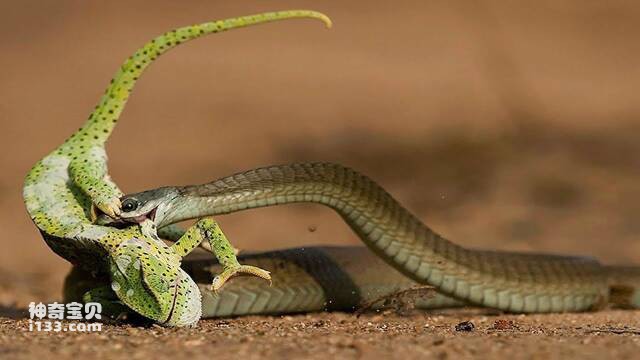
Chameleons are not a scientifically recognized species, but some snakes can adapt to their environment and camouflage themselves by changing the color of their skin. They usually have bright green or yellow-green bodies and can blend in with their surroundings by changing body color and texture. This ability gives them a significant advantage in hunting, avoiding detection by predators, reproducing, and can also be used to deter enemies or attract mates by displaying bright colors.
6. Orchid Mantis
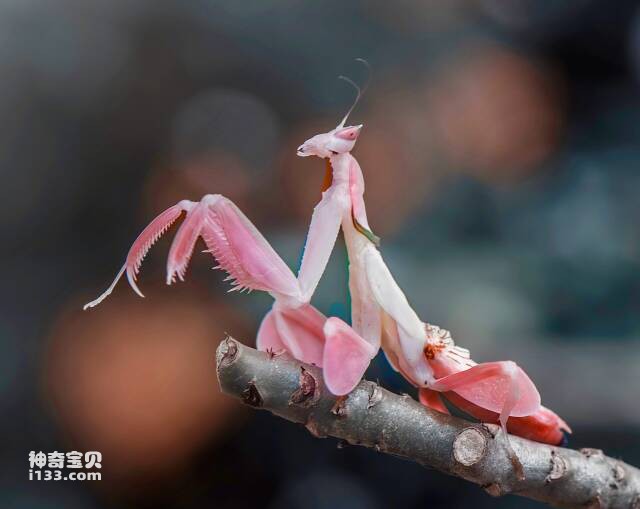
Orchid mantises have excellent camouflage capabilities and can transform their body and appearance into that of an orchid to deceive potential predators or approach potential prey. The orchid mantis has excellent camouflage capabilities. It can not only imitate the color and shape of orchids, but also enhance its camouflage effect by changing its body position and posture, making itself more difficult to detect. In addition, orchid mantises release chemicals that resemble the scent of orchids, further increasing their camouflage effect. The orchid mantis is a very magical, beautiful and adaptable insect that has received widespread attention and research for its excellent camouflage ability. Their behavior and morphological changes are not only amazing, but also bring infinite enlightenment to our exploration of the natural world.
7. Thunderbird
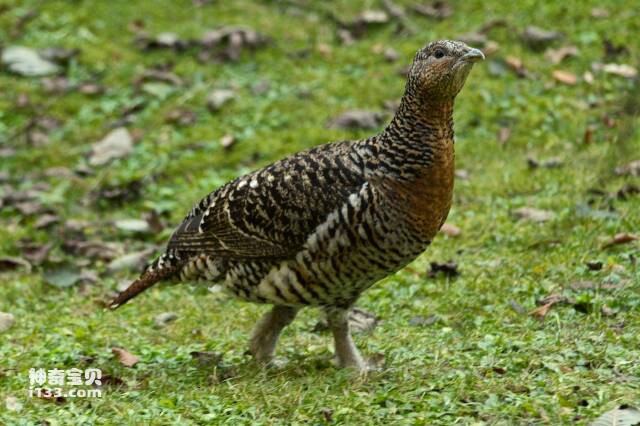
The camouflage ability of the thunderbird is mainly reflected in the color and pattern of its feathers. Male grouse become more colorful during the breeding season, with their feathers taking on a copper-green or purple sheen. But during winter or other seasons, they adapt to their surroundings and change their feather colors to blend in better. In addition, the ptarmigan can enhance its camouflage effect by spreading its tail feathers, making itself more difficult to detect. In addition to their camouflage capabilities, thunderbirds also have powerful flight capabilities and keen hearing, which can effectively avoid predators. They are a typical species of pine and coniferous forests and usually forage for food in trees or on the ground, including eating pine cones, buds and insects.
8. Flounder
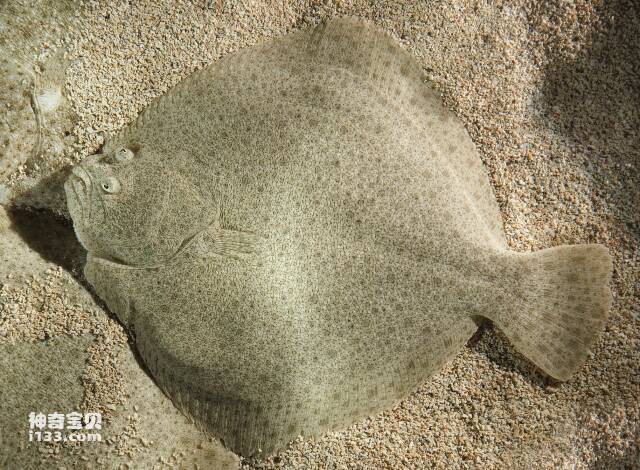
Flounder have a unique body shape and excellent camouflage abilities. In the flatfish, the eyes are all on the same body side, while the other side has no eyes at all and the body is flat, giving it a completely different appearance from other fish. This body structure allows the flounder to camouflage very effectively, adjusting its body color and texture to its surroundings to better protect itself, hunt prey, or escape predators. Flounders are excellent at camouflage. They can imitate the appearance and texture of sand, rocks, seaweed and other objects, and can change their body color and texture to match different backgrounds. Additionally, flounder can enhance their camouflage by changing their body posture and swimming patterns. For example, when flounder curl up into a ball, they appear more difficult to detect; when they need to hunt prey, they swim quickly and spread their fins to make themselves look more like an ordinary fish. Their camouflage ability allows them to better adapt and survive in the ocean, and also brings infinite enlightenment to our exploration of the natural world.
9. Frogfish
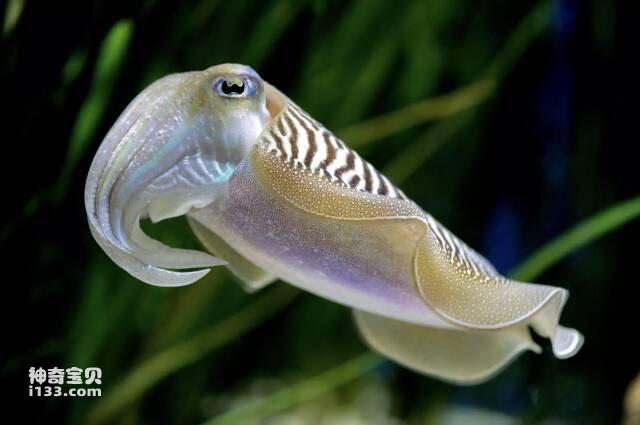
Frogfish are known for their excellent camouflage abilities. They typically have eight tentacles and a relatively large body, and can adapt to their surroundings by changing skin color, texture and morphology, and deceive predators or get closer to potential prey. Frogfish have many pigment cells on their skin that can adjust the color and appearance of their bodies at will. When they need to protect themselves, they will choose a skin color that matches the color of the surrounding environment, making them look more like stones, seaweed or other objects on the seabed; when they need to catch prey, they will adjust their body color to be brighter The colors attract the attention of prey and lead to attack. In addition, frogfish can enhance their camouflage by changing the texture and shape of their skin. For example, they can mimic the surface structure of corals or sponges and adjust their body shape to blend in with their surroundings. In addition, frogfish can release chemicals to confuse enemies or attract mates, further enhancing their camouflage capabilities. Their behavioral and morphological changes are not only amazing, but also provide a very interesting perspective on our understanding of marine life and the natural world.
10. Color-changing frog
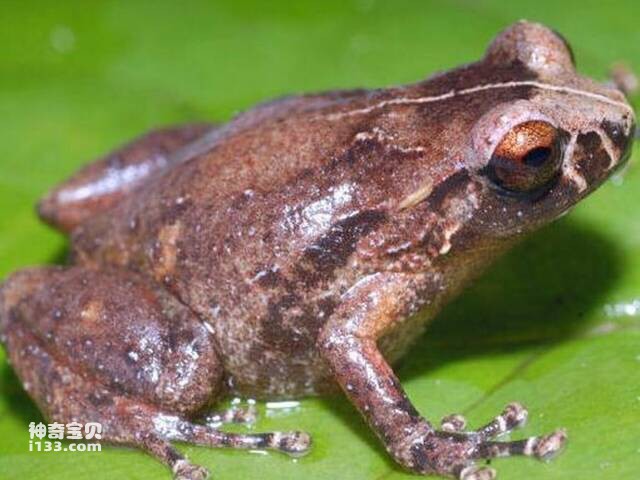
The chameleon frog is a tiny species of toad that is found mainly in the high altitude areas of New Guinea. According to research by scientists, color-changing frogs have strong camouflage capabilities and can blend into their surroundings well. They are usually dark brown or black in color and are covered in numerous skin folds and raised warts, making them very difficult to spot. In addition, color-changing frogs also camouflage themselves by imitating leaves and dead leaves. They use the color and shape of their bodies to mimic their surroundings, making themselves look more like the objects around them and thus avoid detection by predators. Color-changing frogs are very capable of camouflage, which is one of the important reasons why they can survive in harsh environments.
animal tags:
We created this article in conjunction with AI technology, then made sure it was fact-checked and edited by a Animals Top editor.